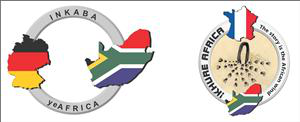Speaker
Mr
Sphumelele Ndlovu
(Hartebeesthoek Radio Astronomy Observatory:Space Geodesy)
Description
The HartRAO Lunar Laser Ranger (LLR) system requires a state-of-the-art software tool that enables optimal efficiency and signal path parameter estimation. The existing link budget equation estimates the number of return photons for given conditions and LLR system parameters. This equation is one of the essential mathematical tools that can be considered when developing an integrated system and model for the LLR. The mathematical tool, still under development at HartRAO, can be used to estimate and visualise the relationship between the returned number of photons (observed and computed) and the varying link budget equation parameters. In this work, it is used to indicate “worse and best” parameter values which influence the return signal, presented as an estimate of expected number of returned photons for the HartRAO station. This is all done to achieve optimal efficiency in the LLR signal path in order to yield an improvement in the return-energy of the laser so that ranges to the corner cube retro-reflectors can be measured accurately. The geographic position of the HartRAO station, new state-of-the-art HartRAO LLR system under development and the expected number of returned photons will enable HartRAO to play a key role in improving the ranging accuracy to a sub-centimetre level. This will enhance the current effort to determine highly accurate Earth-Moon distances for various scientific purposes.
Primary author
Mr
Sphumelele Ndlovu
(Hartebeesthoek Radio Astronomy Observatory:Space Geodesy)

